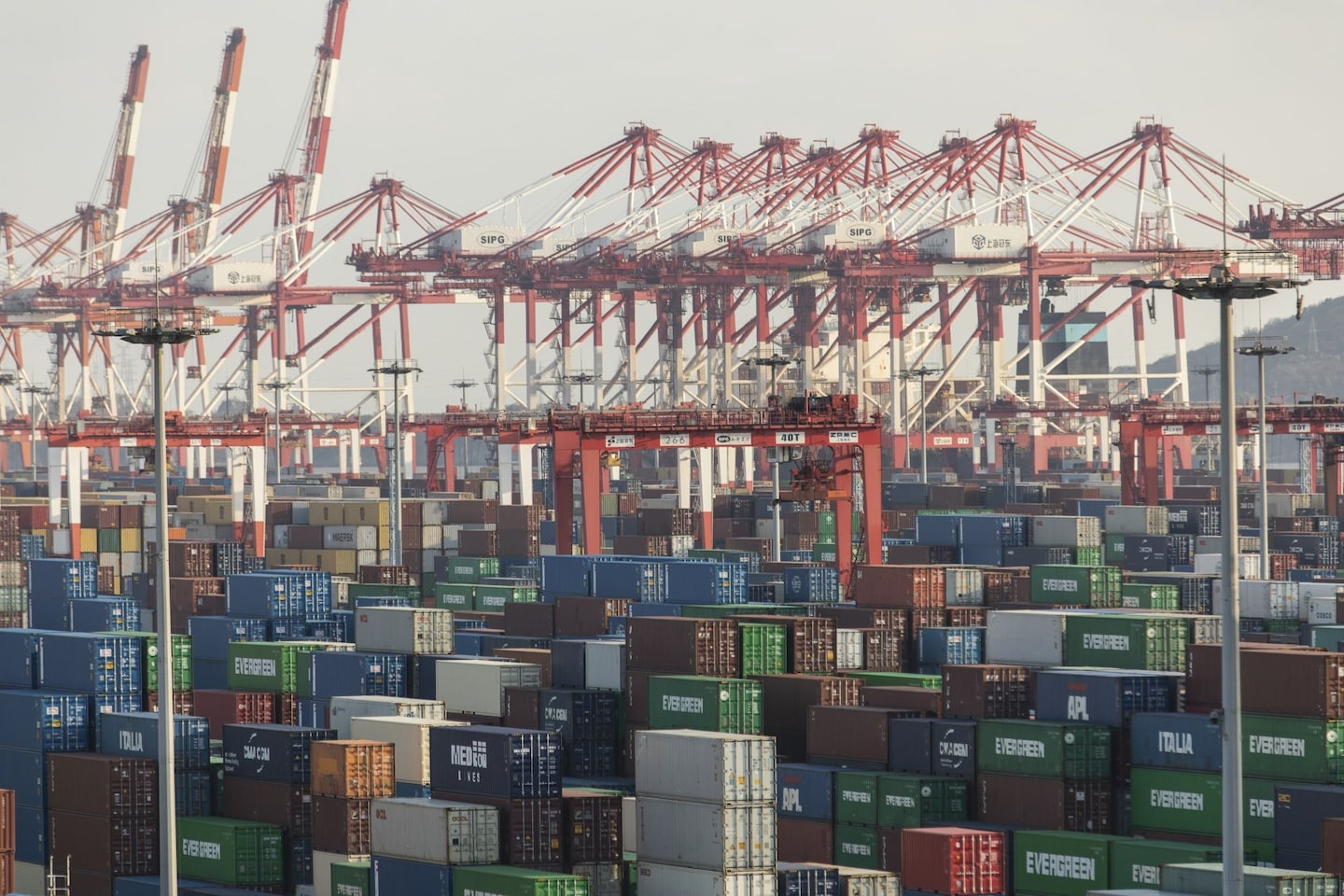Someone close to me recently got a four-figure merit raise — and then realized that, in real terms, they were actually making about 4 percent less than they were a year ago. With the latest figures showing inflation running around 8.5 percent, worse seems yet to come.
Inflation might take a bite for longer than you think

Unsurprisingly, the White House prefers this comparison to the other parallel that has been drawn a lot: the sustained inflation of the 1970s, which ravaged consumer finances, helped doom Jimmy Carter’s presidency, and ultimately forced Fed chair Paul Volcker to impose punishing, double-digit rate increases to bring things under control. Unfortunately, there are reasons to think that what we’re facing now is something significantly more enduring than a temporary mismatch between demand and supply. The coronavirus pandemic has led to a partial reversal of the Great Globalization of the past few decades. And less globalization probably means more inflation.
There are other reasons for inflation, too, of course, notably the unexpectedly rapid recovery from the pandemic. By the end of 2021, real gross domestic product had surpassed its pre-pandemic peak, and was growing at roughly 7 percent annualized. This created more demand, particularly for goods, than the economy could satisfy even under the best of conditions, and global supply chains proved even less flexible than we might have expected. There were major bottlenecks in shipping and production, often made worse by continued outbreaks: At the moment, the city of Shanghai, home to the world’s highest-volume port, is shut down.
Follow Megan McArdle‘s opinions
FollowShipping problems will eventually be sorted out, and covid outbreaks will mercifully ebb. But the current problems in Shanghai hint at an issue that portends potentially higher prices for a good long time: The globe-spanning “just in time” supply chains that made everything so marvelously cheap also left us quite vulnerable to disruptions. Companies began rethinking those supply chains during the pandemic, and they are apt to reconsider further in a time of rising geostrategic tensions.
Meanwhile, governments are rethinking immigration, that other great vehicle of globalization, which the pandemic brought to a near halt. The Biden administration, for example, has kept many Trump-era immigration and trade restrictions in place, and while the administration just announced it would let the immigration restrictions expire at the end of next month, this move has proved controversial even within the president’s party.
Without more trade and immigration, however, we are bound to see upward price pressure. The mass movements of workers from occupations such as subsistence agriculture to higher valued work in manufacturing or services has lifted hundreds of millions out of dire poverty, but also enriched the rest of us, not by giving us more money, but by letting us buy more with the money we had.
This was a good thing in itself. But it also had an unheralded side effect, exerting what economists call “deflationary pressure” on advanced economies. Deflation means every dollar (or euro or yen) buys more than it used to — which not only let us consume more, but offset inflationary pressures from higher energy prices, or loose monetary policy, or big government deficits.
For a while, this created the illusion that many old trade-offs had been erased. It began to seem that governments could borrow and spend almost any amount of money without touching off inflation, or higher interest rates on the public debt, which is why the Biden administration embraced a gigantic pandemic relief bill that ended up pushing the U.S inflation rate above that of comparable nations. Central banks felt free to pursue goals other than price stability, whether promoting full employment or fighting climate change. Taxpayers got tricked into thinking they could have their cake and eat it, too.
Eventually, the free lunch line would have shut down on its own; moving hundreds of millions of people into modern production jobs is a one-time transition, not a perpetual growth engine. But the pandemic hastened the end of the party. We may get lucky, as our World War II-era forebears did, and find a way to extend our luck for a little while more before the bill comes due. But just in case we don’t, governments and central banks and voters will all have to start preparing for a possible future in which everything costs more than it used to, and none of us is quite as rich as we expected to be.






